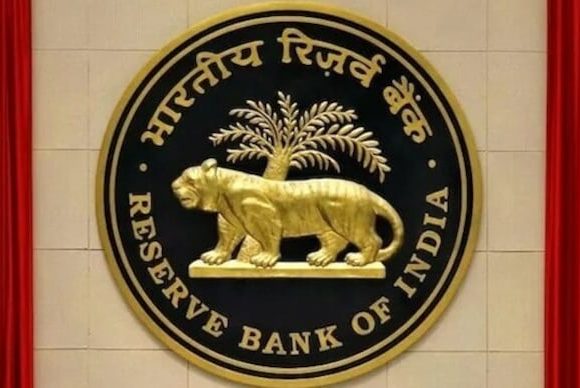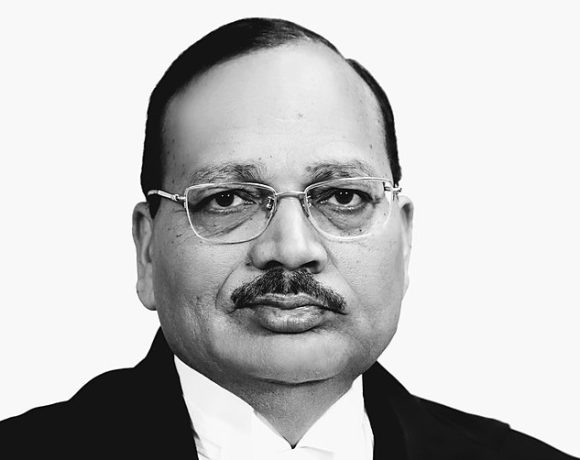
GST Council Eyes Elimination of 12% Slab for Simpler Tax Regime
The GST Council is preparing for a significant overhaul of India’s tax structure by proposing the removal of the 12% tax slab in its upcoming 56th meeting, expected in late June or early July. The move is part of a larger effort to rationalise the GST framework, reduce classification disputes, and simplify compliance for businesses and consumers alike.
Presently, the GST rate structure consists of five key slabs: 0%, 5%, 12%, 18%, and 28%. The 12% slab applies to a range of goods and services that fall between essential and luxury categories. Under the proposed rationalisation, these items would either be shifted to the 5% or 18% slabs. Some policy experts have suggested introducing a middle 15% rate to ease the transition.
Balancing Revenue and Consumer Impact
The Council faces a delicate balancing act. Moving items from 12% to 18% could stoke inflationary pressure, while pushing them to 5% might reduce the Centre and states’ revenue intake. The aim is to maintain a revenue-neutral shift that supports economic growth without burdening consumers or straining public finances.
With GST revenues seeing healthy growth in recent months and crossing key collection benchmarks, officials believe the timing is right for structural simplification. A three-rate system would bring India’s GST closer to international best practices.
Additional Reforms on the Agenda
The meeting is also expected to review the future of the compensation cess, simplify registration processes, and fast-track the operationalisation of the GST Appellate Tribunal (GSTAT) to ease legal backlogs. Reclassification of intermediary services for export status, revision of threshold limits, and audit simplification measures are also under consideration.
The broader goal is to reduce litigation, enhance ease of doing business, and create a more predictable tax environment for both domestic enterprises and foreign investors.
Forward Path
Should the Council reach consensus, the changes could be rolled out in phases post-Monsoon Session, with parliamentary backing where necessary. This reform push represents a critical moment in India’s tax evolution—seeking to make the GST system more efficient, transparent, and aligned with economic realities.
The industry, trade associations, and state governments are expected to weigh in heavily, making the upcoming council session pivotal to the future of India’s indirect tax policy.


















